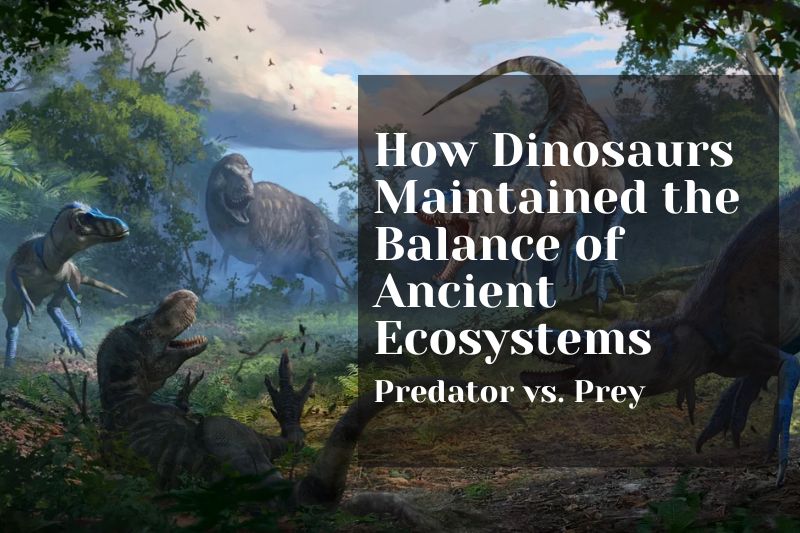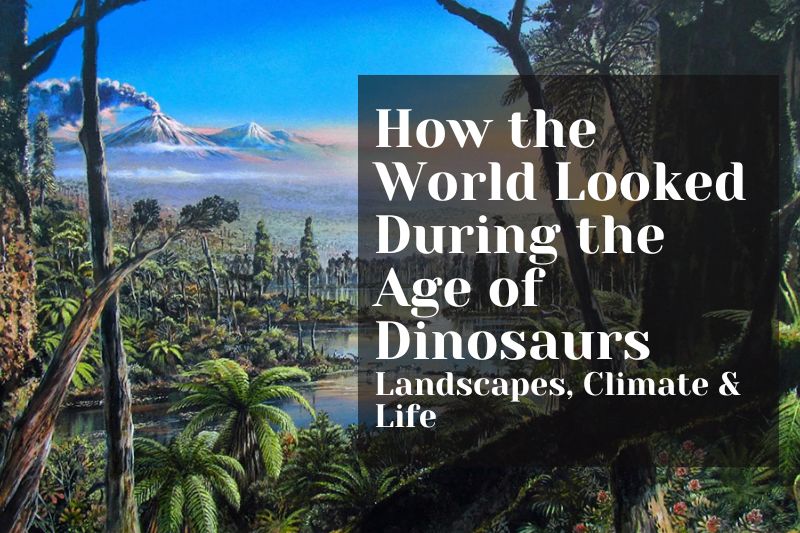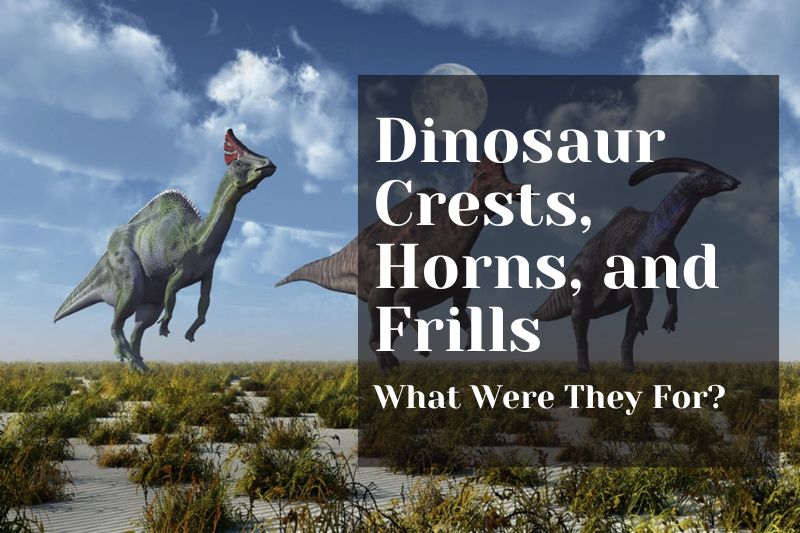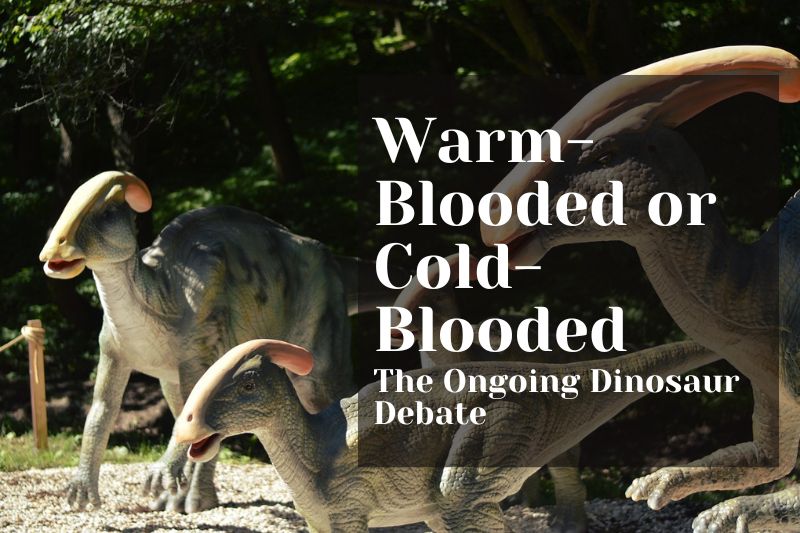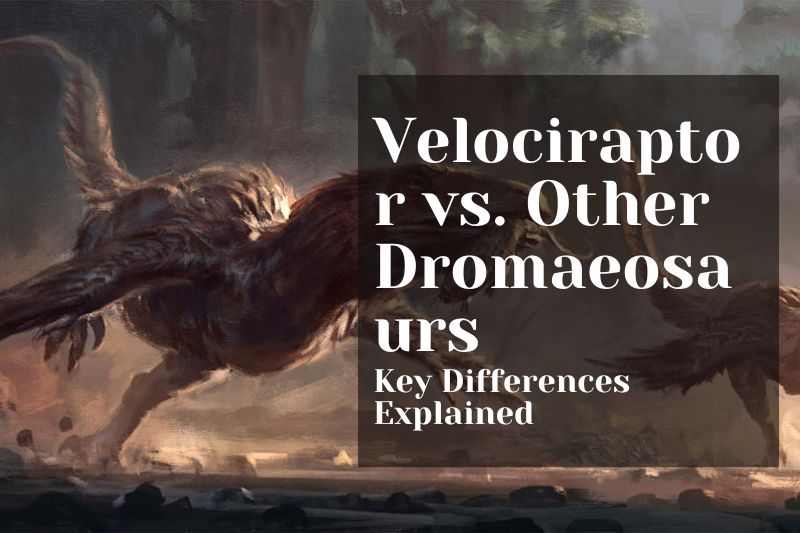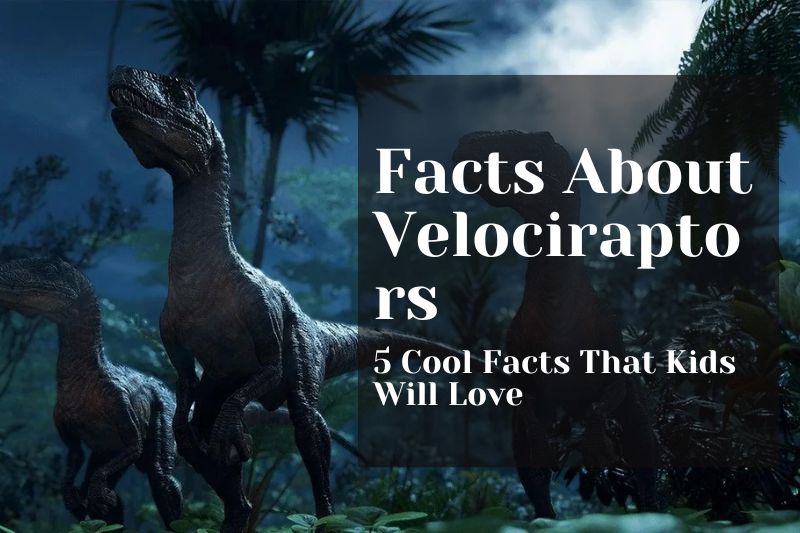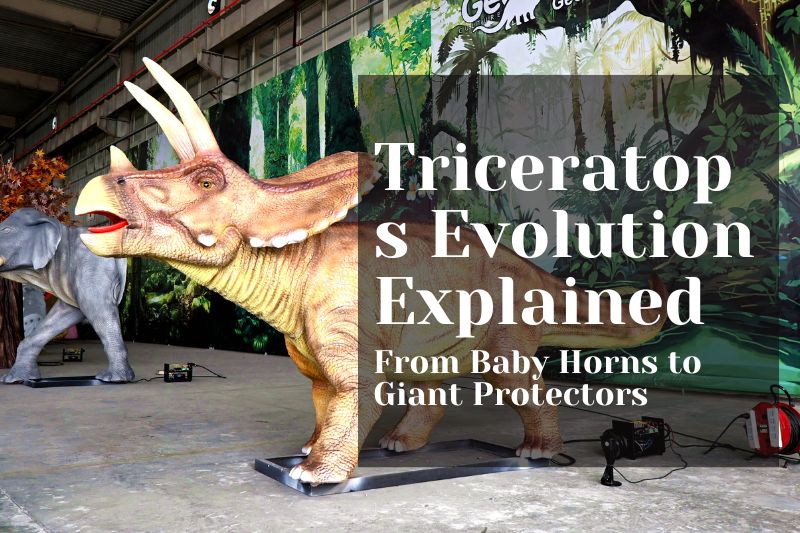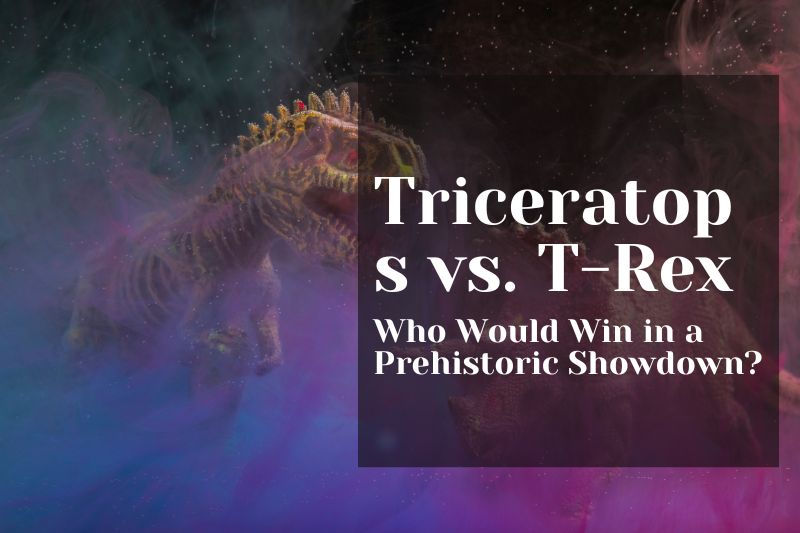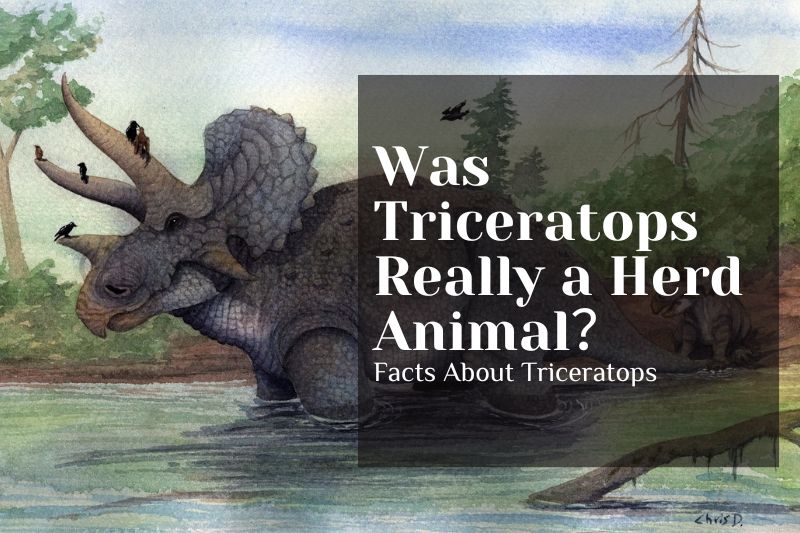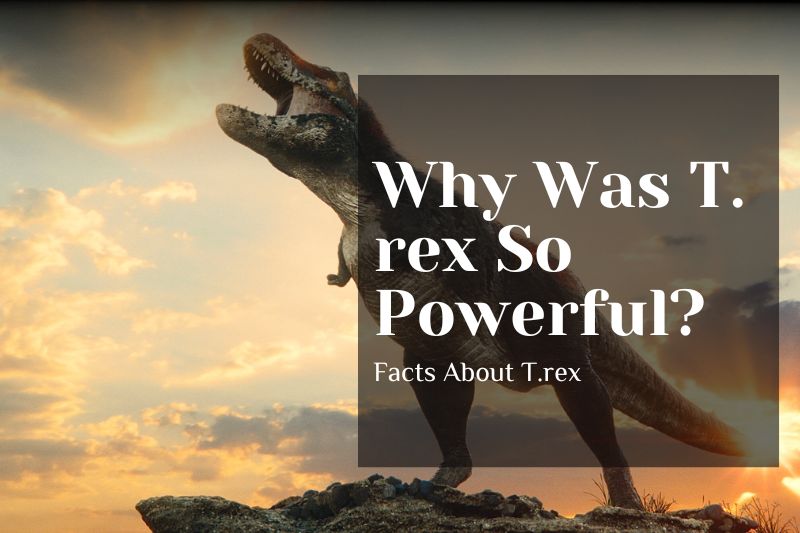How Did Dinosaurs Communicate? The Sounds and Signals of Prehistoric Life
Date:2024/11/06 Visits:1624
 The mystery of how dinosaurs lived and interacted with each other captivates scientists and enthusiasts alike. While fossils reveal their physical structure and diet, discovering how dinosaurs communicated is a unique challenge. Though we may never know exactly how they sounded or signaled to one another, researchers use clues from modern animals, fossil structures, and educated guesses to paint a possible picture of dinosaur communication. This article explores the various sounds, signals, and methods dinosaurs may have used to interact in their prehistoric world.
The mystery of how dinosaurs lived and interacted with each other captivates scientists and enthusiasts alike. While fossils reveal their physical structure and diet, discovering how dinosaurs communicated is a unique challenge. Though we may never know exactly how they sounded or signaled to one another, researchers use clues from modern animals, fossil structures, and educated guesses to paint a possible picture of dinosaur communication. This article explores the various sounds, signals, and methods dinosaurs may have used to interact in their prehistoric world.
Understanding Dinosaur Communication
 Communication is crucial in the animal kingdom for social bonding, finding mates, and avoiding predators. Dinosaurs, whether hunting in packs or living in herds, likely relied on some form of communication for survival. By observing modern animals like reptiles and birds, we gain insight into how dinosaurs might have interacted, even though the fossil record only gives us limited information. These insights allow us to imagine the types of sounds and signals that could have defined dinosaur communication.
Communication is crucial in the animal kingdom for social bonding, finding mates, and avoiding predators. Dinosaurs, whether hunting in packs or living in herds, likely relied on some form of communication for survival. By observing modern animals like reptiles and birds, we gain insight into how dinosaurs might have interacted, even though the fossil record only gives us limited information. These insights allow us to imagine the types of sounds and signals that could have defined dinosaur communication.
Types of Communication in Dinosaurs
 Since dinosaurs were an incredibly diverse group, their methods of communication likely varied significantly. Researchers speculate that dinosaurs may have communicated in several ways, including vocalizations, physical displays, visual signals, and possibly even chemical signals.
Since dinosaurs were an incredibly diverse group, their methods of communication likely varied significantly. Researchers speculate that dinosaurs may have communicated in several ways, including vocalizations, physical displays, visual signals, and possibly even chemical signals.
Vocalizations: Dinosaurs might have produced calls, roars, and low-frequency sounds, possibly using special air sacs or resonating chambers.
Physical Displays: Movements like head bobbing or tail flicking could have been ways to display dominance or courtship.
Visual Signals: Dinosaurs with distinct physical features like crests, frills, or vibrant skin patterns may have used these for visual communication.
Chemical Signals: While there is no direct evidence, some scientists suggest that certain dinosaurs might have left scent markers or released pheromones to communicate, as some modern animals do.
How Dinosaurs Might Have Produced Sounds
 While we can't know exactly what dinosaurs sounded like, certain fossil structures give hints. The duck-billed dinosaur Parasaurolophus, for example, had a large, hollow crest on its head. This feature is thought to have functioned as a resonance chamber, potentially allowing it to produce deep, trumpet-like sounds. Similarly, other dinosaurs with air-filled cavities may have been capable of low, resonating calls that traveled long distances. By examining birds, scientists also speculate that some dinosaurs may have had vocal cords or other sound-producing structures.
While we can't know exactly what dinosaurs sounded like, certain fossil structures give hints. The duck-billed dinosaur Parasaurolophus, for example, had a large, hollow crest on its head. This feature is thought to have functioned as a resonance chamber, potentially allowing it to produce deep, trumpet-like sounds. Similarly, other dinosaurs with air-filled cavities may have been capable of low, resonating calls that traveled long distances. By examining birds, scientists also speculate that some dinosaurs may have had vocal cords or other sound-producing structures.
Comparisons to modern crocodilians and birds suggest that dinosaurs might have used low rumbles, growls, or even birdlike chirps, depending on their species and social behavior. This idea presents a fascinating image of dinosaurs not as the silent giants often depicted, but as creatures actively engaging in sound-based communication.
Non-Vocal Communication Techniques
 Not all communication is vocal. Body language likely played a significant role in dinosaur interactions, especially among species with more complex social structures. Physical posturing, such as head and neck movements, would have conveyed dominance or submission. Similarly, tail flicking or other gestures could have been simple, effective ways to communicate intentions or warnings within groups.
Not all communication is vocal. Body language likely played a significant role in dinosaur interactions, especially among species with more complex social structures. Physical posturing, such as head and neck movements, would have conveyed dominance or submission. Similarly, tail flicking or other gestures could have been simple, effective ways to communicate intentions or warnings within groups.
Visual signals were likely especially important for dinosaurs with crests, horns, or other unique features. These structures may have served as displays during mating seasons or as warnings to potential rivals. Some fossilized skin impressions suggest that certain dinosaurs had patterns or colors on their scales, further enhancing their potential for visual communication.
The Role of Environment in Dinosaur Communication
 Just as habitats shape communication in modern animals, dinosaur environments likely influenced how they interacted. Dinosaurs living in dense forests may have relied more on low-frequency sounds that travel easily through vegetation, while species in open plains might have depended on visual cues or louder calls to communicate over greater distances.
Just as habitats shape communication in modern animals, dinosaur environments likely influenced how they interacted. Dinosaurs living in dense forests may have relied more on low-frequency sounds that travel easily through vegetation, while species in open plains might have depended on visual cues or louder calls to communicate over greater distances.
The environment also affected their survival strategies. Predatory dinosaurs may have used stealthier forms of communication to hunt or avoid detection, while herbivorous herding dinosaurs would benefit from clear signals to alert the group to danger or signal a move.
Comparisons to Modern Animals

Observing communication among modern birds, reptiles, and mammals helps scientists make educated guesses about dinosaur behavior. Birds, for example, often produce distinct calls and songs for mating or territorial claims. Crocodilians, on the other hand, rely on low, resonating sounds to communicate across murky waters or dense vegetation.
By analyzing these and other modern behaviors, scientists can imagine that some dinosaurs, especially theropods (closely related to birds), may have had specific calls or gestures for different situations, while herbivores might have engaged in complex social signaling to maintain group cohesion.
Impact of Communication on Dinosaur Behavior and Social Structures

Communication would have been essential in shaping dinosaur social behavior and interactions. For instance, herd-living species would have benefited from signals that conveyed alerts about predators or coordinated movement. Dinosaurs engaged in social hierarchies might have displayed dominant behaviors through vocalizations or visual signals, while courtship displays likely involved intricate visual and possibly auditory cues.
Predatory dinosaurs may have communicated with each other during hunts, especially if they hunted in groups. This collaborative behavior would mirror modern social carnivores, such as lions or wolves, that communicate to strategize hunting.
FAQs on Dinosaur Communication
 Did dinosaurs roar like in movies?
Did dinosaurs roar like in movies?
Likely not in the same way we hear in films. However, they might have made low-frequency rumbles or other deep sounds, particularly through structures like air sacs.
Could dinosaurs sing like some birds?
Some smaller theropods may have produced sounds similar to bird calls, but evidence for complex "songs" is speculative.
How do we know dinosaurs communicated at all?
We infer communication from social animals today and certain fossil features, like resonance chambers, that suggest sound production capabilities.
Conclusion
 While we may never fully unlock the mysteries of dinosaur communication, the combination of fossil evidence, modern analogs, and scientific deduction allows us to imagine how these prehistoric giants might have interacted with each other. From resonating calls and visual displays to subtle gestures and social signals, dinosaurs likely used a range of methods to communicate in their complex and varied environments. As paleontologists continue to study dinosaur anatomy and behavior, we may someday come even closer to hearing the ancient sounds and understanding the signals that once echoed across prehistoric landscapes.
While we may never fully unlock the mysteries of dinosaur communication, the combination of fossil evidence, modern analogs, and scientific deduction allows us to imagine how these prehistoric giants might have interacted with each other. From resonating calls and visual displays to subtle gestures and social signals, dinosaurs likely used a range of methods to communicate in their complex and varied environments. As paleontologists continue to study dinosaur anatomy and behavior, we may someday come even closer to hearing the ancient sounds and understanding the signals that once echoed across prehistoric landscapes.
